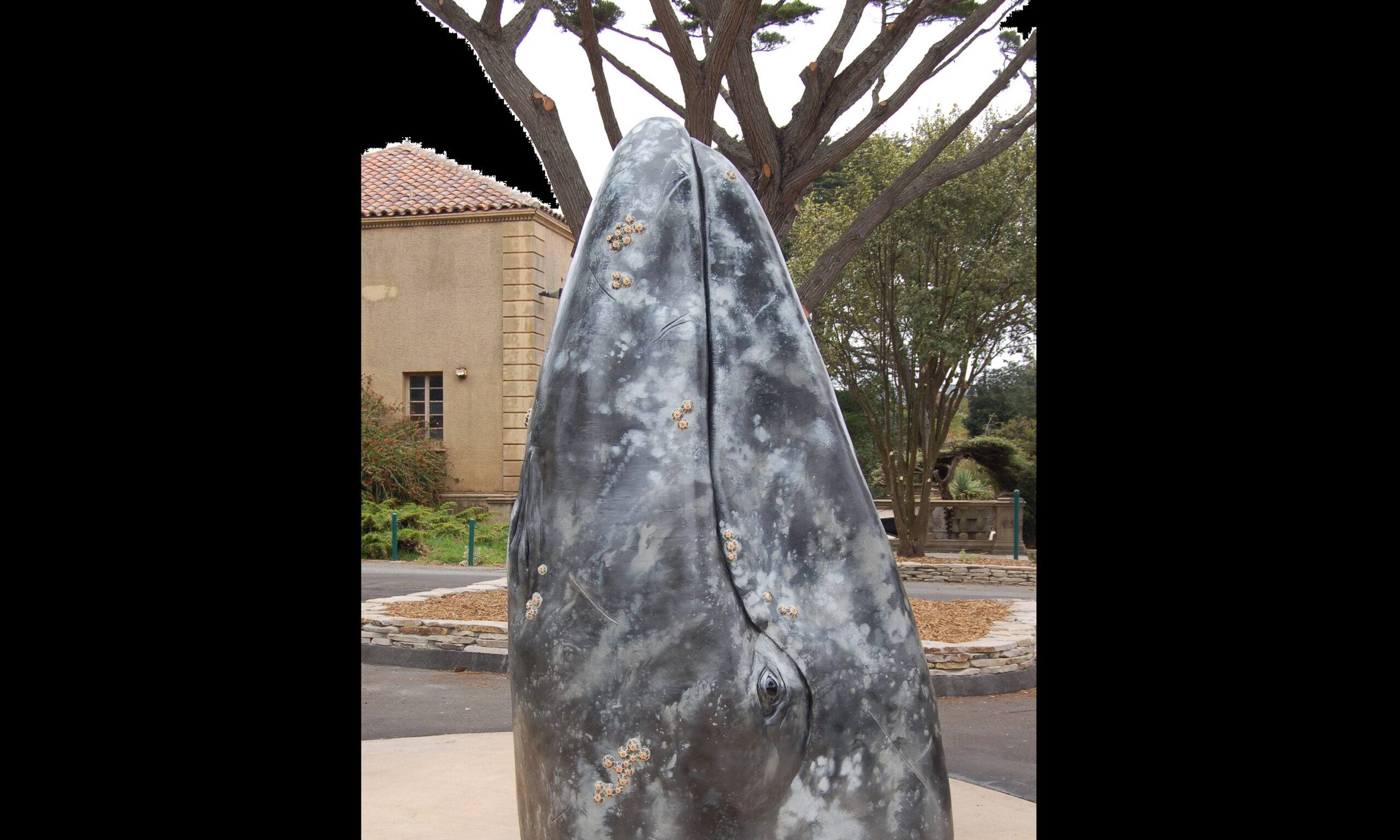Gray whale
Eschrichtius robustus

Fascinating Facts
- The gray whale makes the longest known migration of any mammal. Each spring and fall, they pass between their Arctic summer feeding grounds and the warm waters near the equator where females give birth. Some individuals may travel more than 12,000 miles a year.
- They are the only whale to feed by straining sediments from the ocean floor.
- Killer whales are their only non-human predator.
- There are two deep grooves in their throat, which allows the mouth to expand when feeding.
Habitat/Diet
Gray whales are usually bottom feeders along shallow continental shelf waters. They eat small crustaceans, such as mysids and amphipods, they are also known to eat red crabs, baitfish, crab larvae, herring eggs and cephalopods.
Status in the Wild
Least Concern – IUCN 2008
Range
Gray whales are found in the eastern Pacific Ocean from Baja California to the Bering Sea and in the western Pacific Ocean from South Korea to the Okhotsk Sea.
Location in the Zoo
Mammals Zone of the Sculpture Learning Plaza
